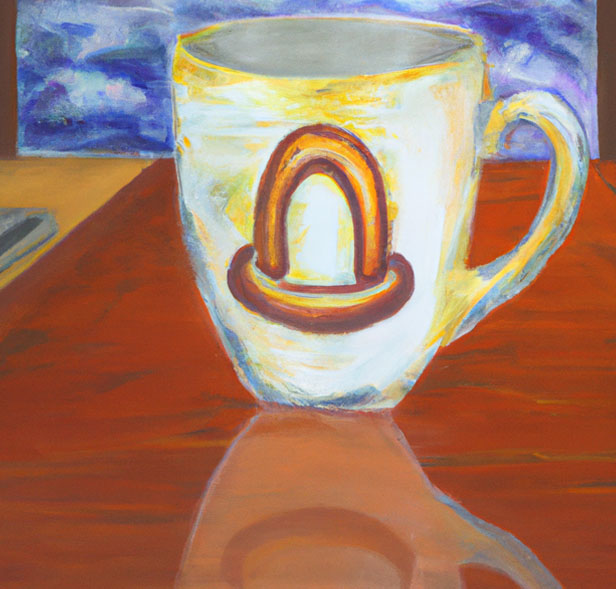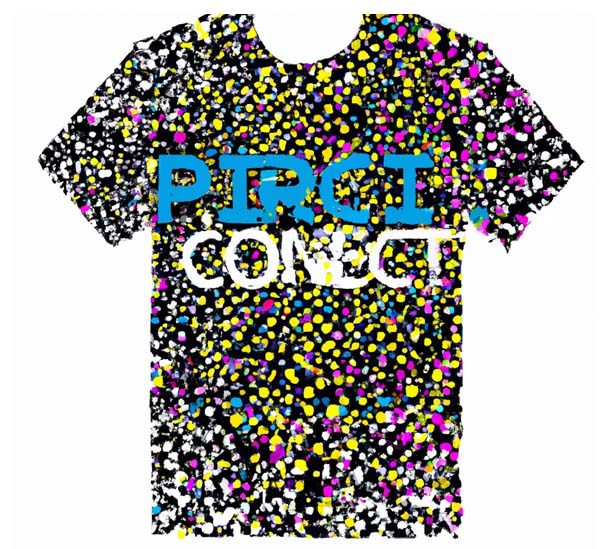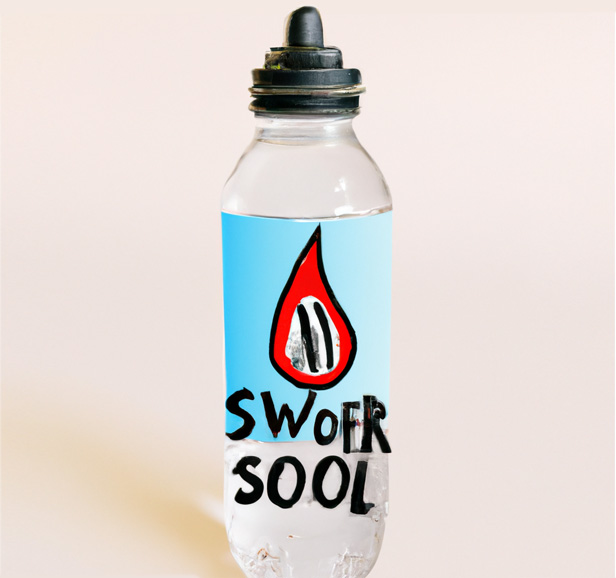Commentary October 07, 2022
I Tried an AI Art Generator & All I Got Was This Ugly Mug
Sites like DALL-E 2 and Midjourney are stirring up creativity and controversy, but do they have any implications for the promotional products world?
Remember a few months ago when a former Google engineer told news organizations he believed the company’s artificial intelligence had gained sentience? The unsettling notion was pretty widely discredited, but even though AI isn’t coming to life and gearing up for a “West World”-style battle royale anytime soon, it’s certainly getting “smarter” and seemingly more creative than previous iterations.
Look no further than the explosion of AI-generated art from sites like DALL-E 2 and Midjourney, which allow users to type up text descriptions – from the serious to the silly – so the AI can churn out imagery illustrating that concept. DALL-E 2, which recently came out of beta and removed its waitlist, has more than 1.5 million users actively creating over 2 million images a day, according to OpenAI, the company behind the service.

A surrealist painting of a logoed coffee mug on a desk. I created this image and the other pictures of common promotional products that appear later in this commentary using the DALL-E 2 AI art generator.
The sites have been the subject of hilarity everywhere, from late night TV – John Oliver had a segment about people using AI art generators to show him marrying a cabbage – to family group chats – or maybe that’s just my family, where my brother (who had an early invitation to DALL-E) would gamely conjure up images like a “relief sculpture of Santa using an ATM,” “latte art of Teddy Roosevelt” or an “Impressionist watercolor of a giant squid playing poker.” Granted, the latte art was more teddy bear than a foamy likeness of our 26th president, and Santa was trying to get cash from an “AMT.” But that squid really looked like he was about to call. The quirky AI art left me equal parts amused and intrigued.

Concert T-shirt in a pointillist style via DALL-E 2.
I’m not alone, of course. AI art has piqued the interest of a broad range of creators. Fabian Stelzer has been creating an entire AI-generated movie – with the low-budget aesthetic of a ’70s-era sci-fi pulp film. He uses tools like Stable Diffusion, Midjourney and DALL-E 2 to create imagery, AI voice generation tools like Murf or Synthesia for the dialog and text-generator GPT-3 to help with script writing. Every few weeks, he’ll release an installment of “Salt” on Twitter then let viewers vote on what should happen next.
Several news organizations have experimented with AI art. The Bulwark, a political news and analysis site, recently started using AI to illustrate its articles, with the editor later explaining in a newsletter that no one employed by the site internally or on a freelance basis lost work because of his experimentation with Midjourney. The Economist created an AI-generated cover as part of a story about AI.

Water bottle with a school logo via DALL-E 2.
But the proliferation of AI art has also raised hackles and sounded some alarm bells. Among the questions: Will AI cause human artists and illustrators to lose out on paying gigs? Does AI-generated imagery “count” as art? How might these services be abused by malicious bad actors?
Controversies and confusion have swirled around the use of AI art generators. Earlier this year, the Colorado State Fair awarded a blue ribbon to Jason M. Allen for an image he created using Midjourney, sparking a backlash from other artists who accused him of cheating, according to the New York Times. People have also been cashing in by flooding stock image sites with AI-generated art, though there are no standards yet on who owns the generated imagery. Earlier this summer, Atlantic writer Charlie Warzel found himself the dreaded “Main Character” on Twitter after using an image created via Midjourney to illustrate his newsletter.
“To developers and technically minded people, [AI is] this cool thing, but to illustrators it’s very upsetting because it feels like you’ve eliminated the need to hire the illustrator,” cartoonist Matt Bors told Warzel. “Go to a website and most of the image content is hosted elsewhere. Articles are full of embedded tweets or Instagram posts or stock photography. The bottom came out of illustration a while ago, but AI art does seem like a thing that will devalue art in the long run.”

Embroidered baseball cap via DALL-E 2.
Promotional products companies – particularly those that provide logo and graphic design services – likely also have concerns about AI art. I’m reminded of a story my colleague Chris Ruvo wrote a few years ago about an AI tool that could instantly generate brand logos. The resulting logos weren’t fantastic – more of a starting point than a finished product – but it’s clear the technology is only going to get better.
As it turns out, AI does not quite grasp the concept of a pocket folder. Have you checked out @craiyonAI?
— Warwick Publishing (@WarwickPubCo) September 19, 2022
While we'll stick to our own product photography for now, we want to see what kind of promo you can get this AI to dream up. Share your creations! pic.twitter.com/zVTelWzzh1
Right now, DALL-E 2 has trouble creating a realistic-looking water bottle or rendering a recognizable logo on a coffee mug. (I know because I asked it to create a bunch of virtual merch, with varying levels of success, as you can see interspersed throughout this story.) But that’s not always going to be the case. It remains to be seen whether AI art generation will become just another tool in a distributor or decorator’s toolbox or more of an existential threat to creative services they offer. In the meantime, it’s worth keeping an eye on how the technology continues to develop. I know I will be.

